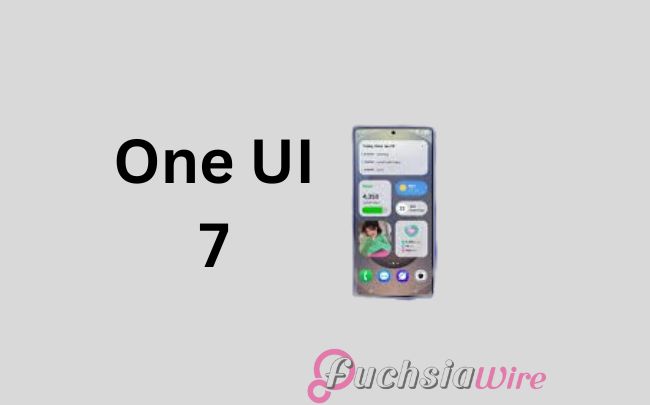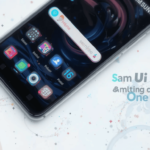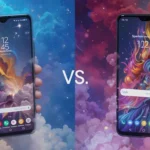Samsung’s One UI 7 Issue Goes Beyond Just the Delays

Samsung’s process of introducing One UI 7 has been full of obstacles. The launch of One UI 7 was delayed initially. Then it was suddenly terminated owing to a critical bug. This halted the unlocking of the updates that frustrated a global user base.
The delays and then the stoppage were big issues. However, Samsung’s greatest flaw with One UI 7 is not in these immediate technical gaffes.
However, the biggest mistake is that Samsung did not communicate effectively and consistently about the fundamental shifts in user experience.
The Technical Troubles
The delayed release of One UI 7 that is built on the foundation of Android 15, no doubt, frustrated many users. Technical glitches made it hard for users to receive or utilize the latest software release.
After having fixed the software bug, Samsung went ahead with the rollout. However, many were still skeptical about the reliability of the first phases. These software delays were significant, but they are common problems encountered throughout the testing and launch phase of major updates.
The Silent Overhaul
One UI 7 comes with a series of important interface changes, from shifts that radically alter established workflows to superficial modifications to visual designs. Note-worthy examples of this concern include
For several years, users were able to access notifications by swiping down on the Samsung device. By default, One UI 7 breaks this functionality in that, a swipe down from the left will reveal notifications.
Such division can make some users happy, but it is a drastic alteration for many who have adjusted to it. Samsung rolled out these changes as standard, obscuring the option to revert to the previous mode in the settings menu.
Moreover, the transition occurred automatically rather than by a specific decision. It meant that users did not receive an apparent notification about the shift. So only a few options were available to go back to the pre-transformation state.
The Decline of Understanding
Samsung’s use experience has resulted from the brand’s desire to provide a predictable and recognizable interface with One UI. Change is inevitable but sudden and unannounced changes create a risk of disengaging user based on their experience.
This lack of clarity as to why such radical UI changes were required suggests that the development team at Samsung are perhaps not 100 percent in sync with user expectations. It aim to create a successful and easy to update environment.
Glancing Forward
One UI 7 is bringing new features, the things that most users will remember are the aggravating holdups and sudden, hard-to-follow adjustments to the user interface.
In future, Samsung needs to pledge to inform the users about important interface changes in a clear and proactive way.
This communication gap needs to be closed to ensure the next One Ui updates are well accepted by the users. The features are adopted naturally and are not confusing.
Related Reading: Samsung Halts One UI 7 Rollout Globally Amidst Bug Reports


